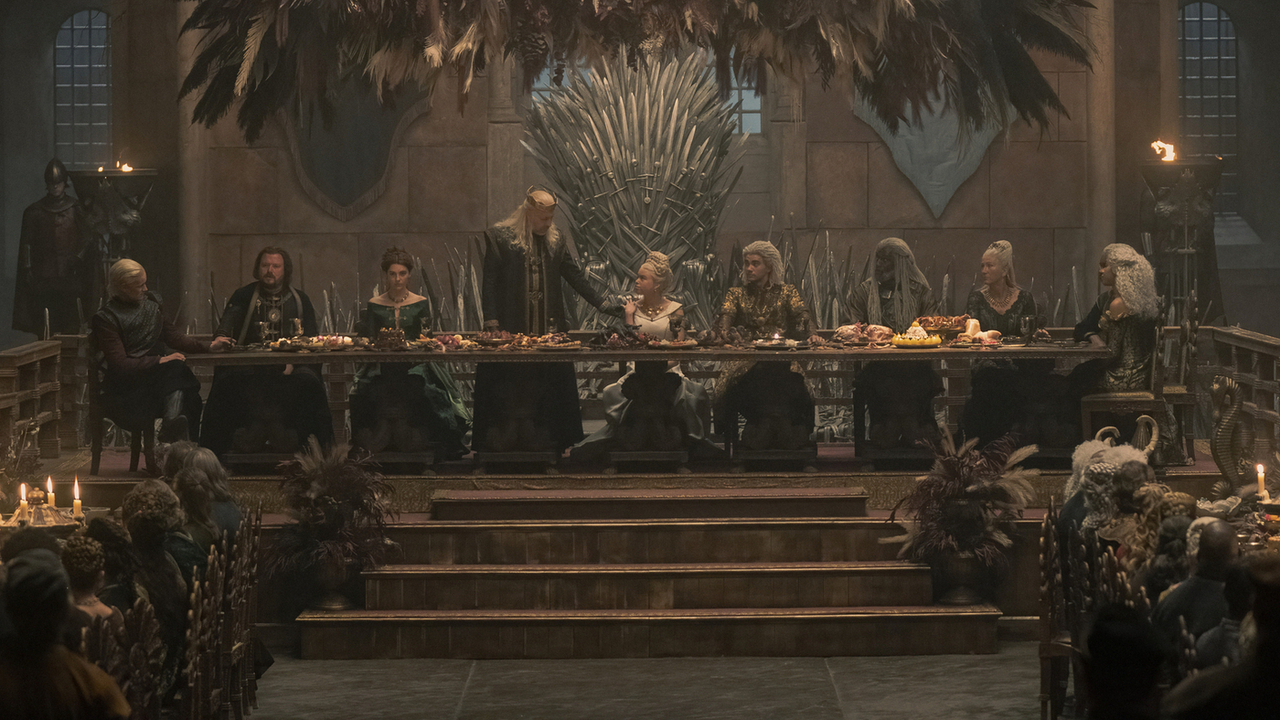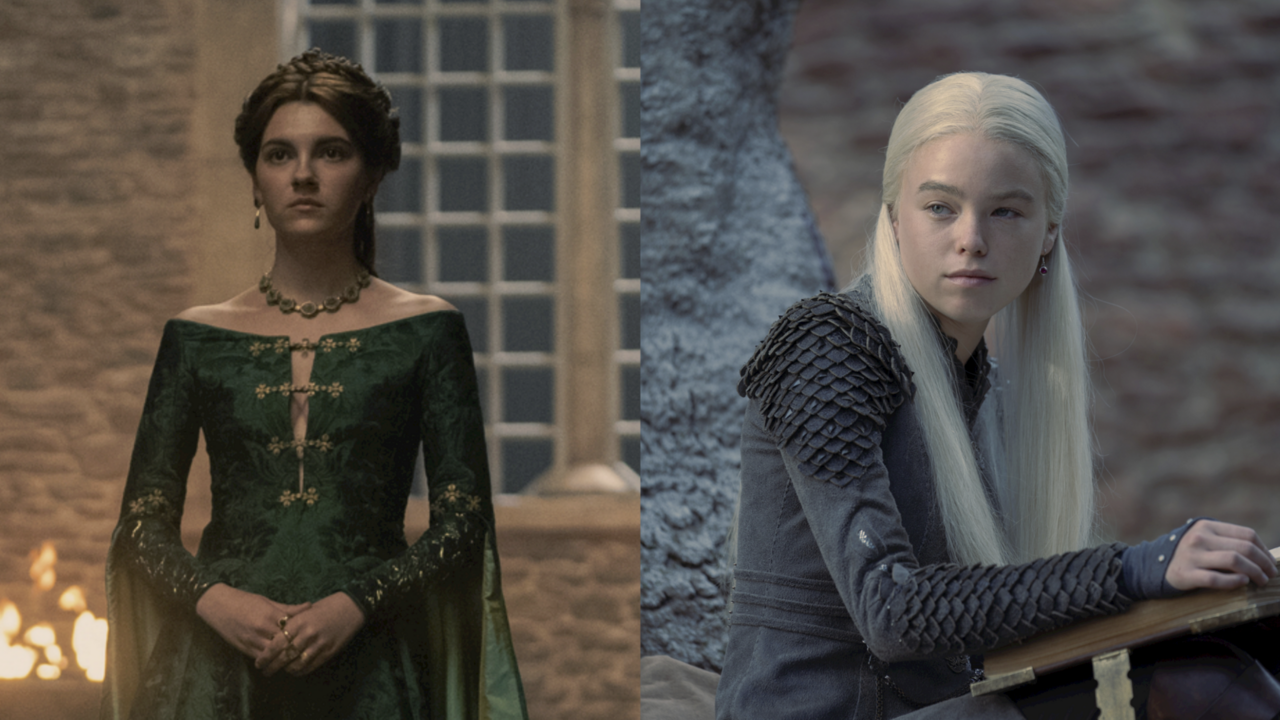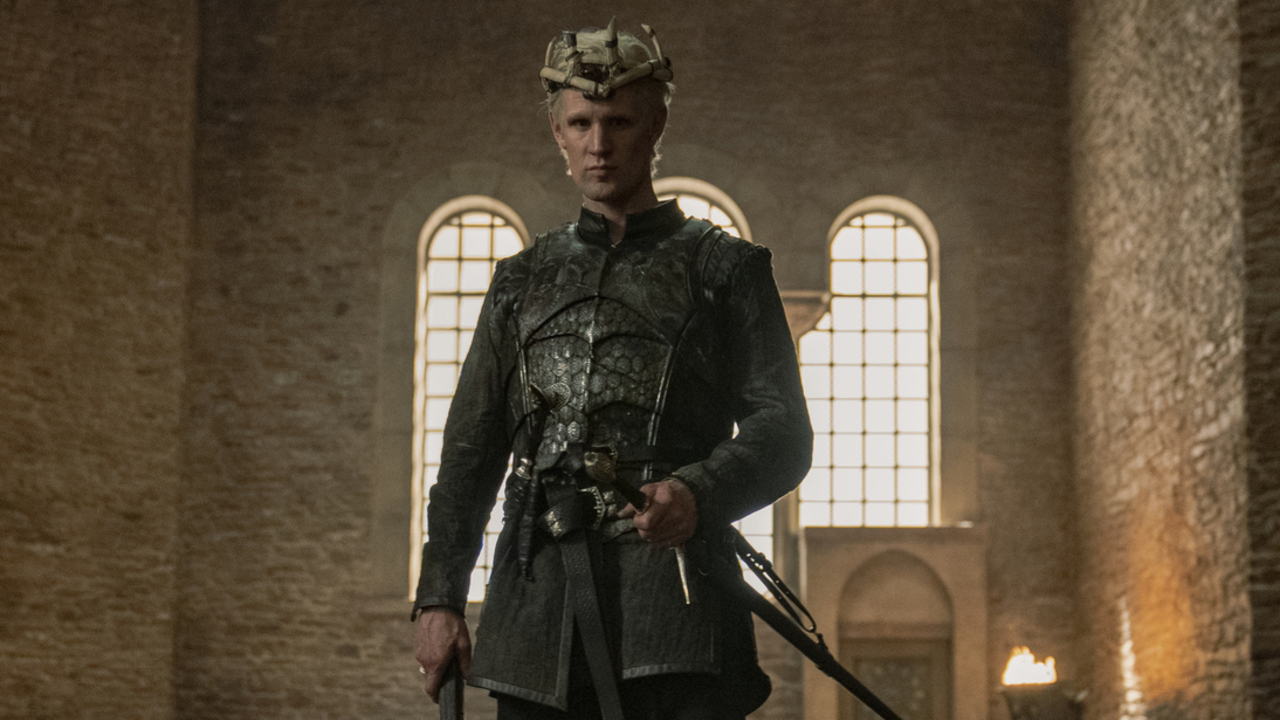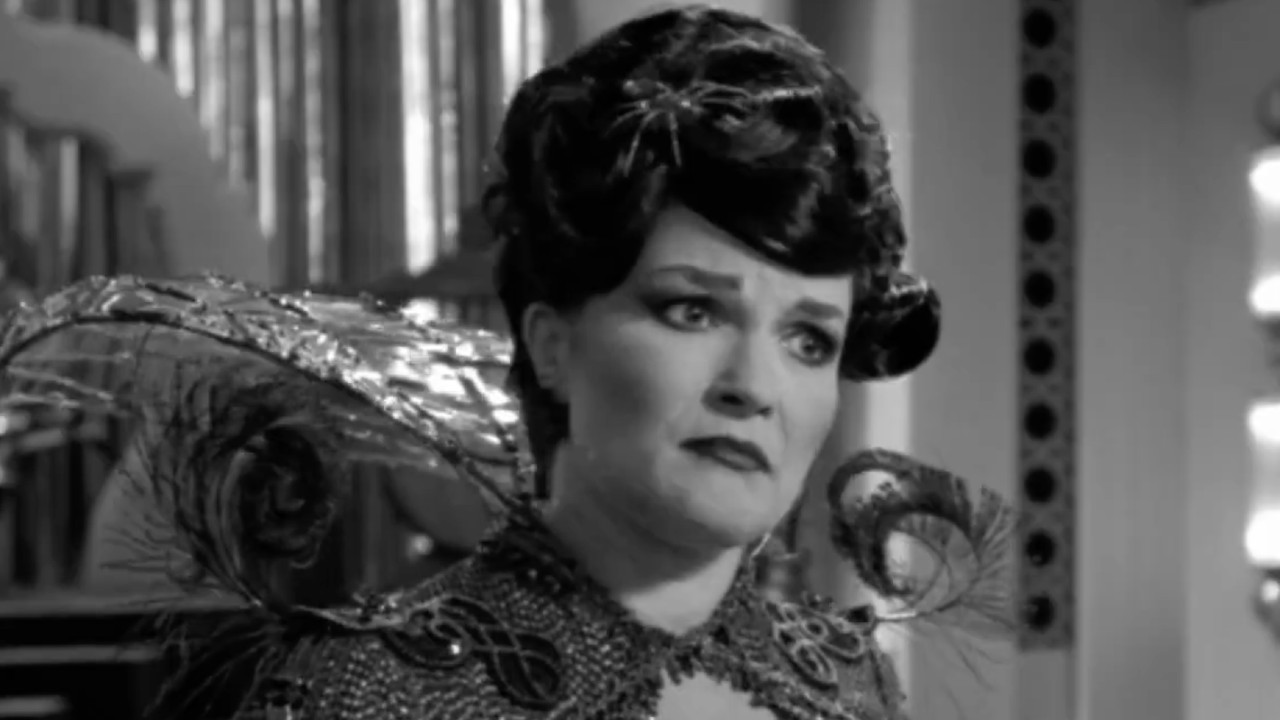House Of The Dragon: Why The Targaryen Factions Are Actually Called 'The Blacks' And 'The Greens,' According To George R.R. Martin
Here's what the show didn't tell us in Season 1.
The world of Westeros is coming back to HBO with House of the Dragon Season 2 in the 2024 TV schedule, to finally carry on from the cliffhanger of Rhaenyra learning of her son’s death and looking quite ready for some fire and blood against the Hightower faction within the Targaryen family tree. A pair of trailers was released, asking fans to choose sides between the Blacks vs. the Greens months before Season 2 premieres.
The trailers didn’t really explain the names of Blacks vs. Greens, nor were those names established in the first season of the show. The names are well-known to readers of George R.R. Martin’s history books about the Seven Kingdoms, including Fire & Blood, which was written in-universe by Archmaester Gyldayn of the Citadel of Oldtown about the Targaryens.
So, as the conflict between the Blacks – a.k.a. Rhaenyra’s side – and the Greens – a.k.a. Aegon II’s side, supported by the Hightowers – approaches this summer, let’s look at what Martin’s Fire & Blood tells us about the factions' names.
Warning: spoilers ahead for Fire & Blood through the “A Question of Succession” chapter about Viserys I's reign.

George R.R. Martin's Context For The Blacks Vs. The Greens
Note: AC refers to years since Aegon’s Conquest.
Before we get into the inciting incident of the two sides becoming known as the Blacks and the Greens, we have to look at some context. In Fire & Blood, Alicent Hightower and Princess Rhaenyra were only about ten years apart, and Rhaenyra was only nine years old when Alicent married King Viserys in 106 AC. At the wedding, according to George R.R. Martin’s fictional history book, “Princess Rhaenyra poured for her stepmother at the fest, and Queen Alicent kissed her and named her ‘daughter.'’’
The goodwill didn’t last, however, as Rhaenyra remained Viserys’ heir even after the births of Alicent’s sons Aegon and Aemond, and Ser Otto Hightower was dismissed as Hand of the King in 109 AC when the bickering over the succession became too much. That led to this passage:
Your Daily Blend of Entertainment News
Even after Ser Otto had returned to Oldtown, a ‘queen’s party’ still existed at court; a group of powerful lords friendly to Queen Alicent and supportive of the rights of her sons. Against them was pitted the ‘party of the princess.’ King Viserys loved both his wife and daughter, and hated conflict and contention. He strove all his days to keep the peace between his women, and to please both with gifts and gold and honors. So long as he lived and ruled and kept the balance as before, and peace prevailed throughout the realm… though there were some, sharp-eyed, who observed the dragons of one party snapping and spitting flame at the dragons of the other party whenever they chanced to pass near each other.
So, just as adapted in House of the Dragon, tension grew the longer that Viserys went without changing the succession to make Aegon his heir over Rhaenyra, and Viserys dismissed Otto for a time. Now, with context established, the big changes – other than the ages of the characters, that is – from book to show come from when the Blacks and the Greens received their titles in 111 AC.

What Fire & Blood Tells Us About The Blacks Vs. The Greens
While the Targaryen civil war was arguably inevitable from the moment that Viserys refused to change the succession, it was the tourney of 111 AC that really set the stage for disaster. Alicent and Viserys were married for five years at the time, with Rhaenyra at the age of 14 and Alicent at around 24. Daemon had been exiled, three of Viserys’ four children with Alicent had been born (including two sons), and Rhaenyra remained first in the king’s chosen line of succession. That led to this passage in Fire & Blood:
In 111 AC, a great tourney was held at King’s Landing on the fifth anniversary of the king’s marriage to Queen Alicent. At the opening feast, the queen wore a green gown, whilst the princess dressed dramatically in Targaryen red and black. Note was taken, and thereafter it became the custom to refer to ‘greens’ and ‘blacks’ when talking of the queen’s party and the party of the princess, respectively. In the tourney itself, the blacks had the much better of it...
Fire & Blood would go on to continually refer to the parties as “greens” or “blacks” from that point forward, and the following chapter is actually titled “The Blacks and the Greens.” In the book, Rhaenyra was the one who stole Alicent’s thunder at an event in honor of her marriage. To contrast, the green-gowned Alicent stole Rhaenyra’s thunder in the show at an event honoring Rhaenyra’s intended marriage to Laenor, in a scene in which actress Milly Alcock wasn’t even wearing black as Rhaenyra.
The timeline changes in the show also meant that the green dress scene took place after Rhaenyra’s night out with Daemon and night in with Ser Criston Cole, which gave Alicent a personal reason to feel betrayed by Rhaenyra. In House of the Dragon, the two are also approximately the same age. Still, it was a very cool scene of Alicent really making an assertive play in this show’s game of thrones, and a strong moment for Emily Carey in her last episode before the time jump recast of her character.
As a reader who already feels like the show is making the Greens look better than they did in the book, though, I still wish Rhaenyra had been in a black and red dress when Alicent debuted her gorgeous green gown. But the dresses of the queen and princess giving names to their factions in Fire & Blood wasn’t the only game-changer at the tourney of 111 AC.

What Fire & Blood Tells Us About Daemon And The Tourney Of 111 AC
Daemon was still in exile to start the year 111 AC, but made a triumphant return without invitation, just like he did in Fire & Blood. His return happened with a lot more spectacle in the book than it did in the show. In the same chapter that explained the names for the greens and the blacks, George R.R. Martin wrote:
Yet one was there who wore neither green nor black, but rather gold and silver. Prince Daemon had at last returned to court. Wearing a crown and styling himself King of the Narrow Sea, he appeared unannounced in the skies above King’s Landing on his dragon, circling thrice above the tourney grounds… but when at last he came to earth, he knelt before his brother and offered up his crown as a token of his love and fealty. Viserys returned the crown and kissed Daemon on both cheeks, welcoming him home, and the lords and commons sent up a thunderous cheer as the sons of the Spring Price were reconciled. Amongst those cheering the loudest was Princess Rhaenyra, who was thrilled at the return of her favorite uncle and begged him to stay a while.
The particulars of Daemon’s return in House of the Dragon were pretty similar to his return in Fire & Blood, but the setting was very different and I think important. In the source material, Daemon came back triumphantly riding Caraxes down into the tourney, stealing everybody’s thunder and thrilling the smallfolk who loved him. It was a reminder of why many people thought of him as a hero, when it wouldn’t be too much longer before he would make some very villainous moves.
And the change for the show matters. The Rogue Prince having allies and supporters within King’s Landing is part of what makes him so dangerous as Rhaenyra’s prince consort in Fire & Blood, including one particularly gruesome event that I suspect will swing some viewers from Team Black to Team Green. The show did nod to people in the city still loving the prince post-time jump, when one of Otto’s first moves following Viserys’ death in the game-changing ninth episode was to get rid of the City Watch captains still loyal to Daemon.
This particular change isn’t as damaging to Daemon as the HBO series showing Daemon killing his first wife when that definitely wasn’t the case in the book, but at the tourney of 111 AC, Daemon was beloved of the smallfolk and not yet part of the scheming blacks or the greens. Of course, I did enjoy the sheer nerve of TV Daemon strolling into Rhaenyra’s wedding feast after being exiled (again) and then seriously raising Viserys’ blood pressure by drawing her aside on the dance floor. There’s no family in either Game of Thrones or House of the Dragon quite as messy as the Targaryens, even accounting for the Lannisters by GOT.
Fortunately, the messy, messy Targaryens will be back later this year, which is great news even if I am bummed that House of the Dragon didn’t more faithfully adapt the scene that explained the "Black” and “Green” names. Season 2 premieres on Sunday, June 16 on HBO. It will also be available streaming via a Max subscription, which you can also use to rewatch Season 1 now.

Laura turned a lifelong love of television into a valid reason to write and think about TV on a daily basis. She's not a doctor, lawyer, or detective, but watches a lot of them in primetime. CinemaBlend's resident expert and interviewer for One Chicago, the galaxy far, far away, and a variety of other primetime television. Will not time travel and can cite multiple TV shows to explain why. She does, however, want to believe that she can sneak references to The X-Files into daily conversation (and author bios).
